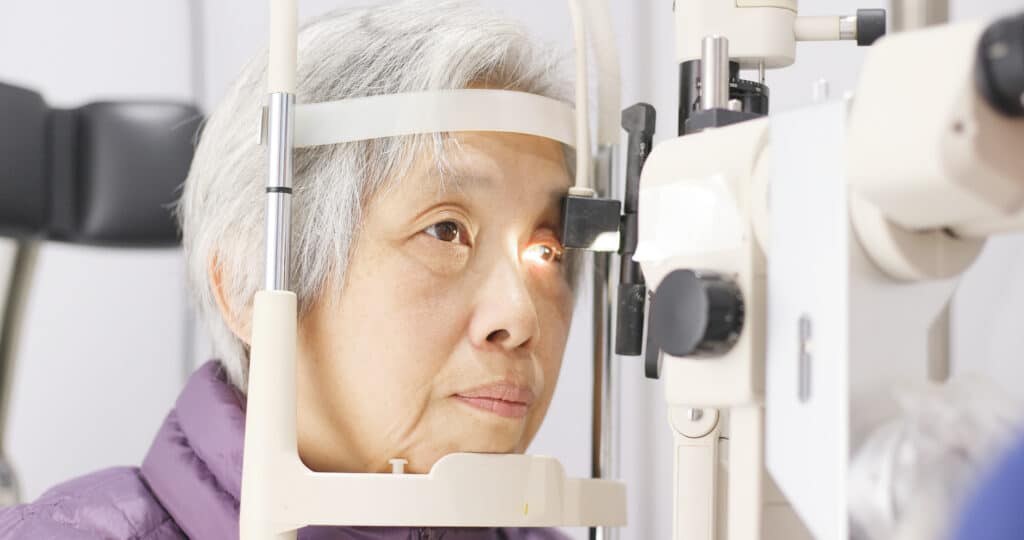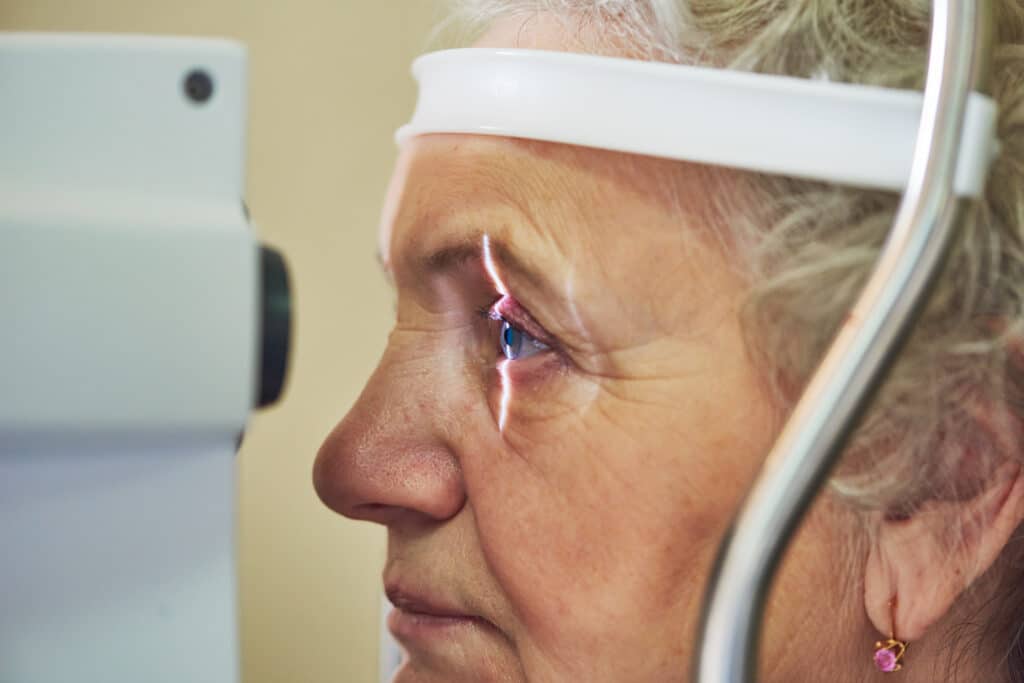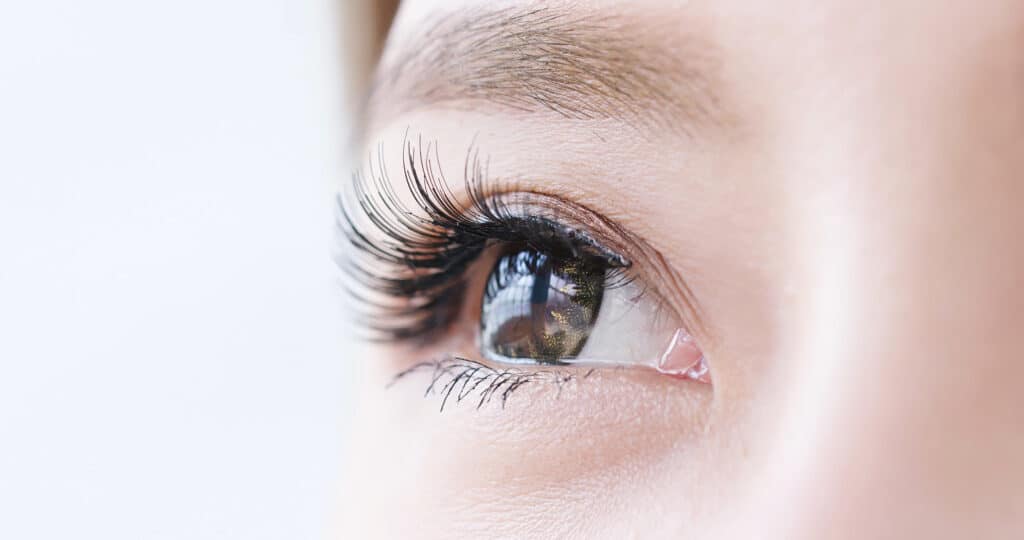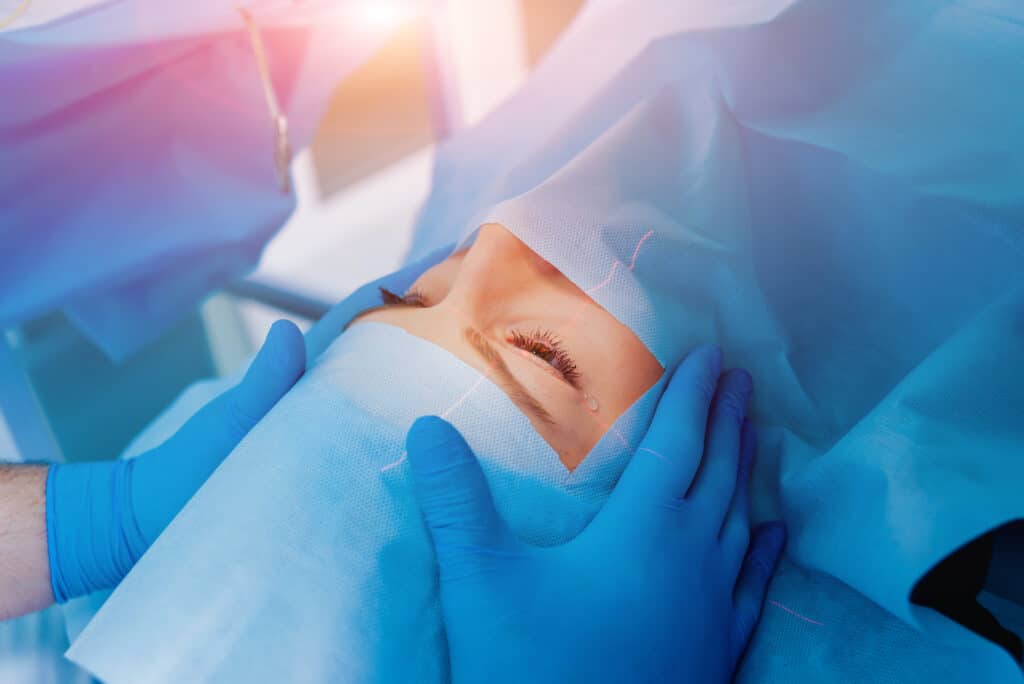What is Presbyopia?
February 1, 2024
If you are over 40, you may have something in common with almost everyone else your age: you have or will soon have presbyopia. This condition is so common that it will affect nearly everyone as they age. If you have started to wear reading glasses to see things up close or noticed yourself holding things out at a distance and squinting at them, you may benefit from presbyopia treatment.

What is Presbyopia?
Presbyopia is a natural result of the aging process. Your lens, the clear disc-shaped structure behind the colored part of your eye, can flex and adjust to accommodate images from different distances. As you age, however, the proteins in the lens become more rigid, causing the lens to lose its flexibility. As a result, your lens cannot adjust to focus light from things nearby, such as a label or book.
Reading glasses, which many people turn to when they start experiencing this condition, are not your only solution. While they are helpful for occasional use, you will get more benefits from professional treatment options.
How is Presbyopia Treated?
If an eye exam determines that your eyes are healthy other than age-related changes, the first-line treatment for presbyopia is often corrective lenses. Unlike reading glasses, prescription glasses or contact lenses can correct your vision at all distances. Our team can assist you with choosing the best type of lenses for your needs.
If you prefer to avoid glasses or contacts, you have another option that may eliminate the need for corrective lenses. Refractive lens exchange (RLE), also known as clear lens replacement (CLR), removes your aging lens and replaces it with an artificial one. While RLE can treat presbyopia, it offers a number of other benefits, including the ability to correct refractive errors like astigmatism or nearsightedness.
Request a Consultation
The Path to Clearer Vision Starts Here
How Does Refractive Lens Exchange Treat Presbyopia?
During refractive lens exchange, your eye surgeon will use a small incision to access the capsule that holds your lens. Special tools are used to remove the lens, and your new artificial one is put into the capsule in its place. This procedure is painless, and you cannot see or feel your new lens once it has been placed.
What is Recovery Like After Presbyopia Treatment?
Recovery from RLE is generally quick, with most people experiencing dramatic vision improvements within the first 24 hours. Eye drops will be prescribed to manage minor corneal swelling that may cause haziness for a few days. For the first two weeks, you will need to wear eye shields at night, avoid strenuous activities and swimming, and refrain from touching your eyes. Your brain will adapt to your new lenses over the next few months, a process called neuroadaptation, so your vision will continue to improve and stabilize.
Take the Next Step
If you’d like to learn more about presbyopia, schedule a consultation with our Heart of Texas Eye Care team, serving Dripping Springs, Austin, Kyle, Bee Cave, Marble Falls, and other surrounding areas. Contact us at (512) 213-2220 today!
*Individual results may vary


